Homemade Seasoning Recipes
Are you ready to discover how easy it is to create your own Homemade Seasoning Recipes? The homemade seasoning recipes shared on Blogghetti are ones that are tried and true with my family. They are created using common ingredients typically found in your pantry and are easy to find in your grocery store.
If you’re tired of store-bought seasonings that are packed with unwanted additives. Elevate your meals with these homemade seasoning mixes that are not only flavorful but also healthier. This collection of recipes will guide you through creating your own spice blends that you can tailor to your taste preferences.
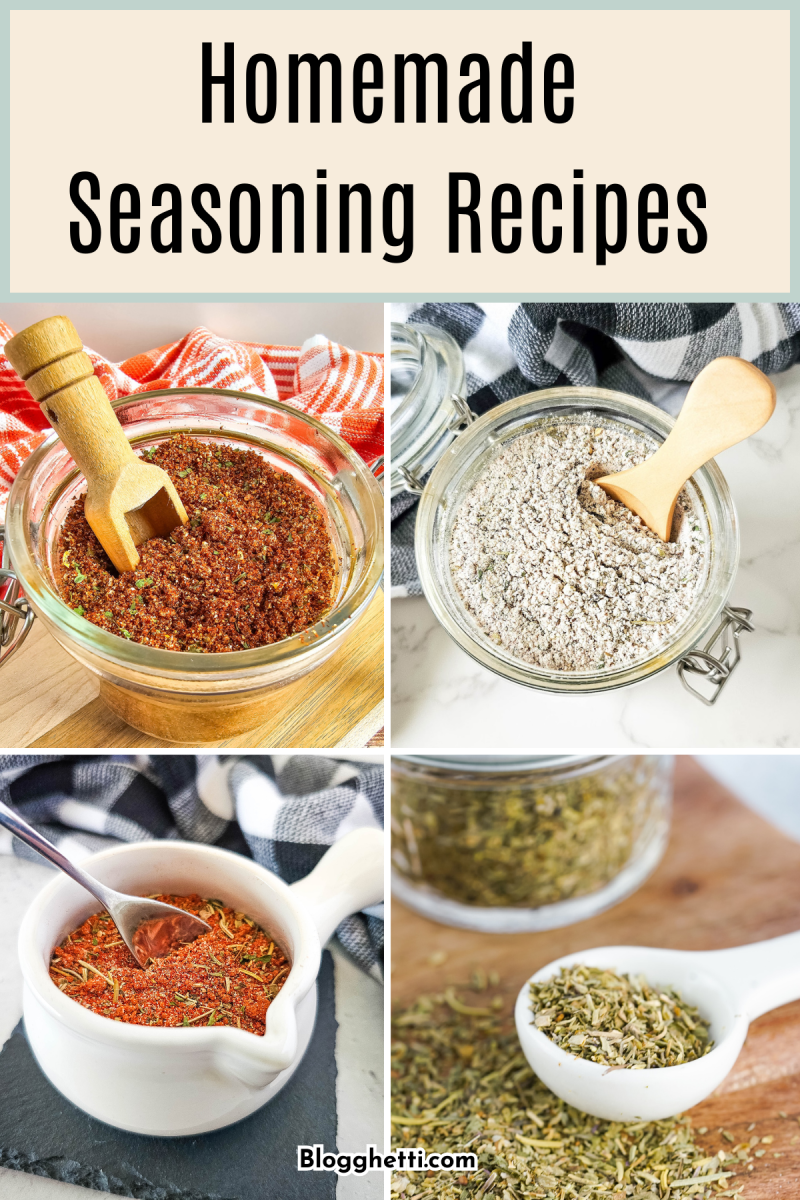
Creating custom seasonings for the recipes you love is easy and is actually fun to do. I get a great deal of satisfaction when I know I am using my personal spice blends that I can control the salt, and the level of spice, and make double or triple the amounts depending on how often I use them. It’s also nice to know I am using flavor combinations that aren’t filled with preservatives or anything I don’t want.
Homemade Seasoning Recipes
These homemade seasoning recipes have been created to replace some of the prepackaged mixes that are most often used in recipes. Creating spice blends in bulk not only saves money but you will always have them on hand when you need to use them.
Don’t be afraid to experiment with your DIY seasoning mixes and create your own signature blend. These flavorful mixes also make fantastic homemade gifts.
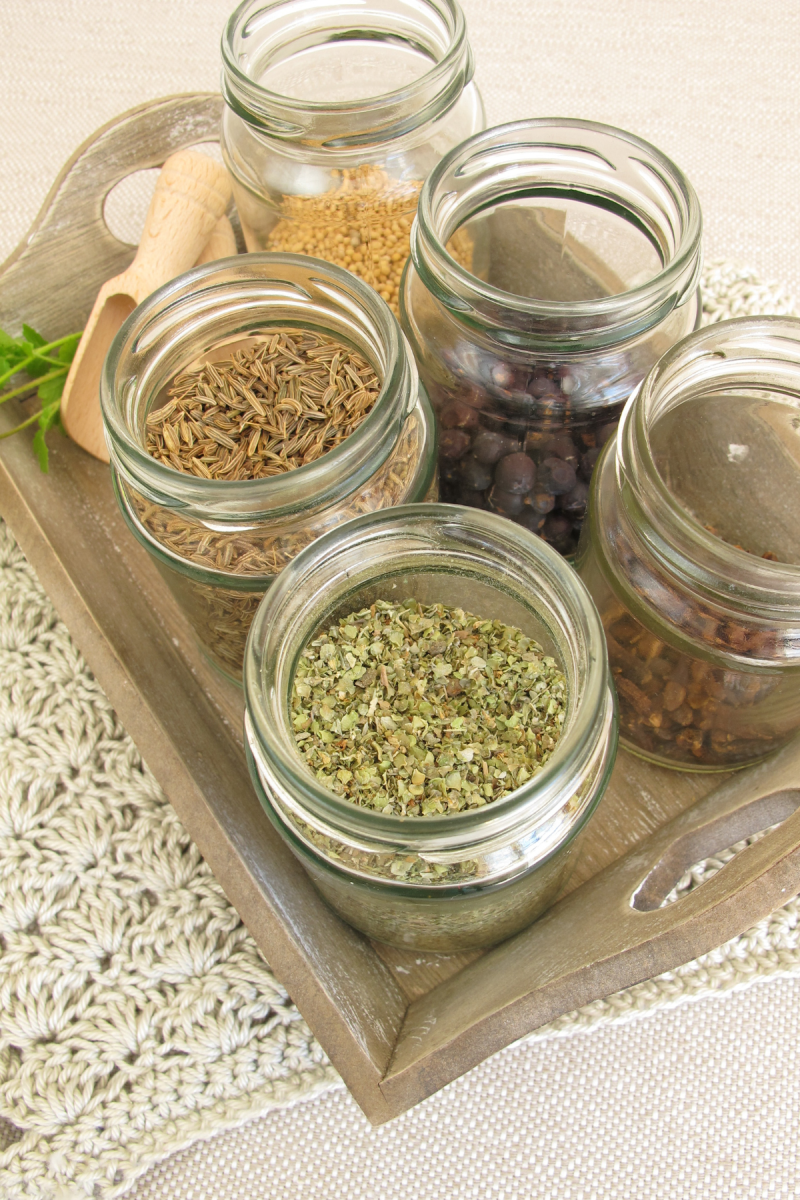
Essential Tools to Make Homemade Seasonings
The tools I recommend are items you most likely are using already, but I wanted to give you some examples of items that are great for preparing and storing homemade spices.
This post may contain Amazon or other affiliate links. As an Amazon Associate, I earn from qualifying purchases. For more information, see my disclosure policy.
- Measuring cups and spoons – this is a space-saving set.
- Mixing bowl
- Spice grinder – if you buy your spices whole like cinnamon, nutmeg, or whole cloves you will want to grind them into a powder consistency to mix your spice blends. A coffee grinder will also work.
- Small food processor – this small appliance will also pulse your spices and herbs into a fine consistency.
- Whisk – used to blend the ingredients.
- Microplane grater – if you have whole spices, you can always use this gadget to grate them. Also used for zesting citrus.
- Spice Jars or Mason Jars – use containers that have tight-fitting lids.
- Funnel – a funnel makes it easy to pour your blends into a jar.
- Jar Labels – some spice blends look very similar so labeling your jars is important.
I often use glass jelly jars to store my homemade spices in or Re-Purpose Starbucks Bottles for my spices.
Pro Tip: Sometimes I find my local Asian or Mexican markets to have less expensive herbs and spices without losing their freshness or potency.
Essential Ingredients for Homemade Seasonings
When creating your own seasonings, you will mostly be using dried herbs as they will last much longer than fresh. Be sure to check the expiration dates of all your ingredients. If they are nearing their expiration or do not smell fragrant anymore, toss them and buy new ones.
Ground spices are the foundation of most seasonings. Popular choices include black pepper, paprika, cumin, turmeric, chili powder, ginger, garlic powder, onion powder, and mustard powder. Some recipes may call for whole spices like whole cloves or bay leaves.
Dried herbs are typically used in herb seasoning blends. Popular options include dried oregano, thyme, rosemary, basil, parsley, and sage.
Other ingredients that may be used are salt, sugar, or dried citrus zest.
The specific combination of ingredients will depend on the desired flavor profile of your spice mixture. Experimenting is to find the perfect blend for your tastes and recipes.
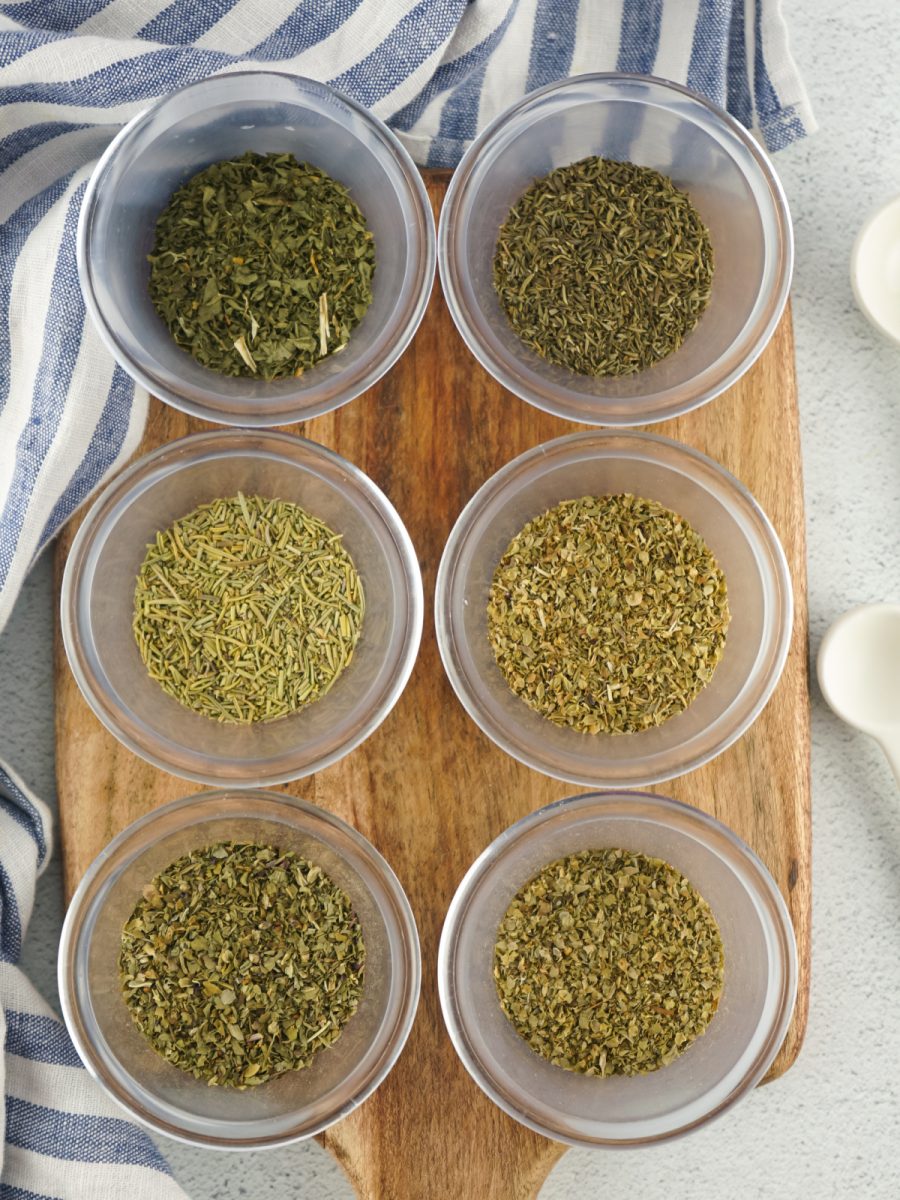
How to Make Your Own Seasonings
It’s a simple process to make your own seasonings. Gather your ingredients for the recipe you are making. Measure out the amounts needed and combine them in a bowl. Mix and pour into your choice of container that is airtight.
Store your spice creations in a cool, dark place away from a heat source. It’s best not to Store spices near the stove or over the refrigerator as they both give off heat. Heat can alter the taste and freshness of spices.
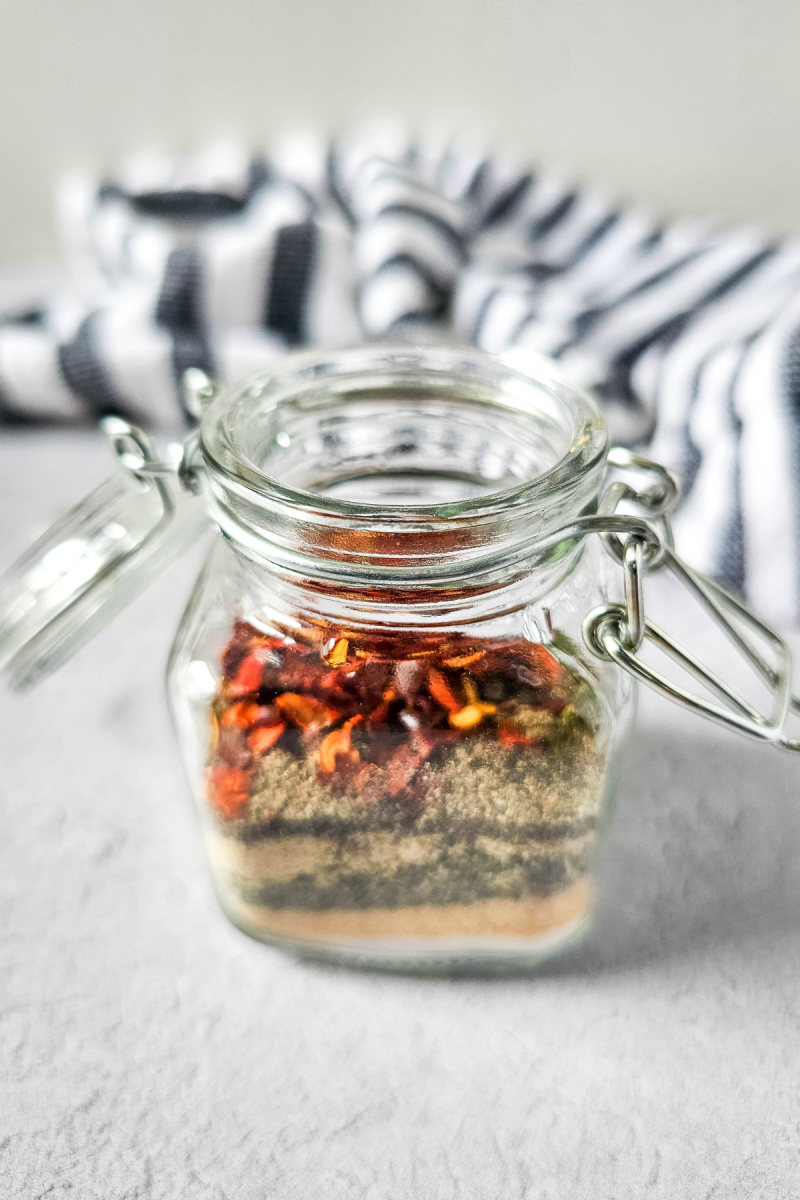
Homemade seasonings offer a flavorful and customizable way to enhance your cooking. By creating your own blends, you can control the ingredients, save money, tailor flavors to your preferences, and add depth to your dishes.
Connect with Blogghetti
Be Sure To Follow Me On My Social Media, So You Never Miss A Post!
Facebook | Twitter | Pinterest | Instagram
If you try a recipe, please use the hashtag #Blogghetti on INSTAGRAM for a chance to be featured!
Enjoy!


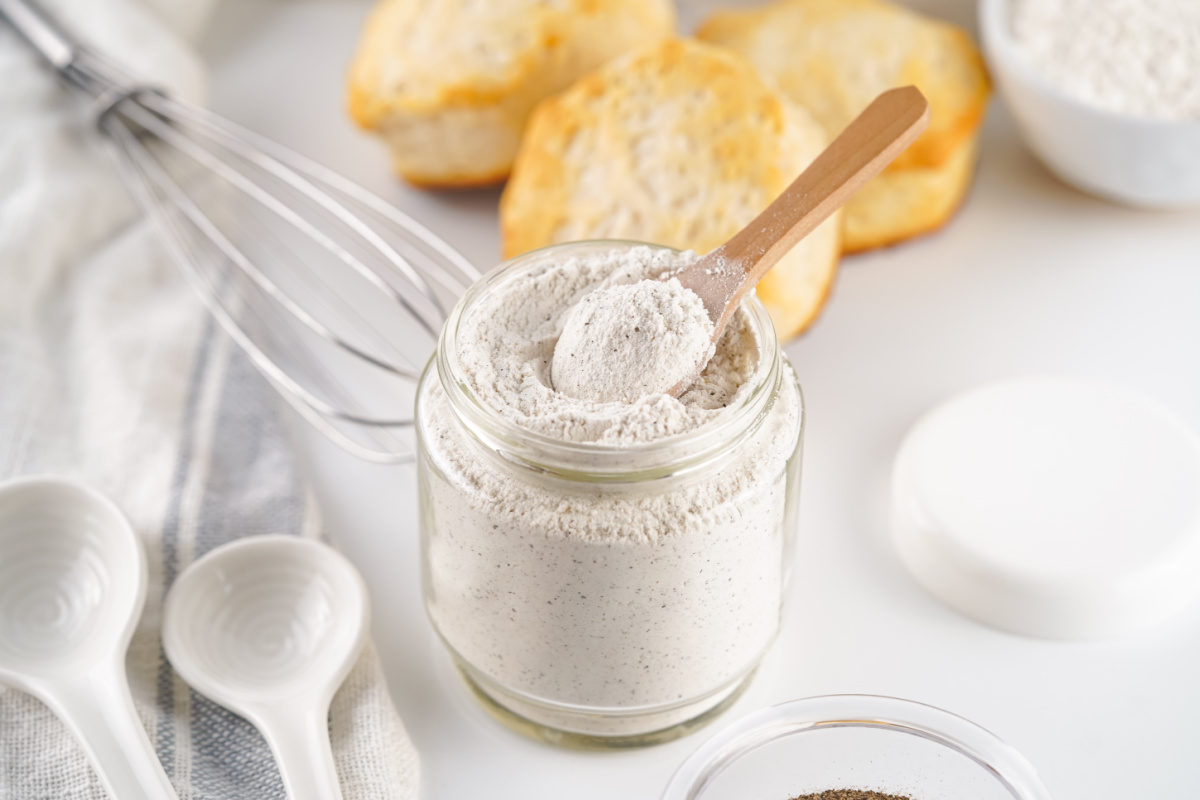
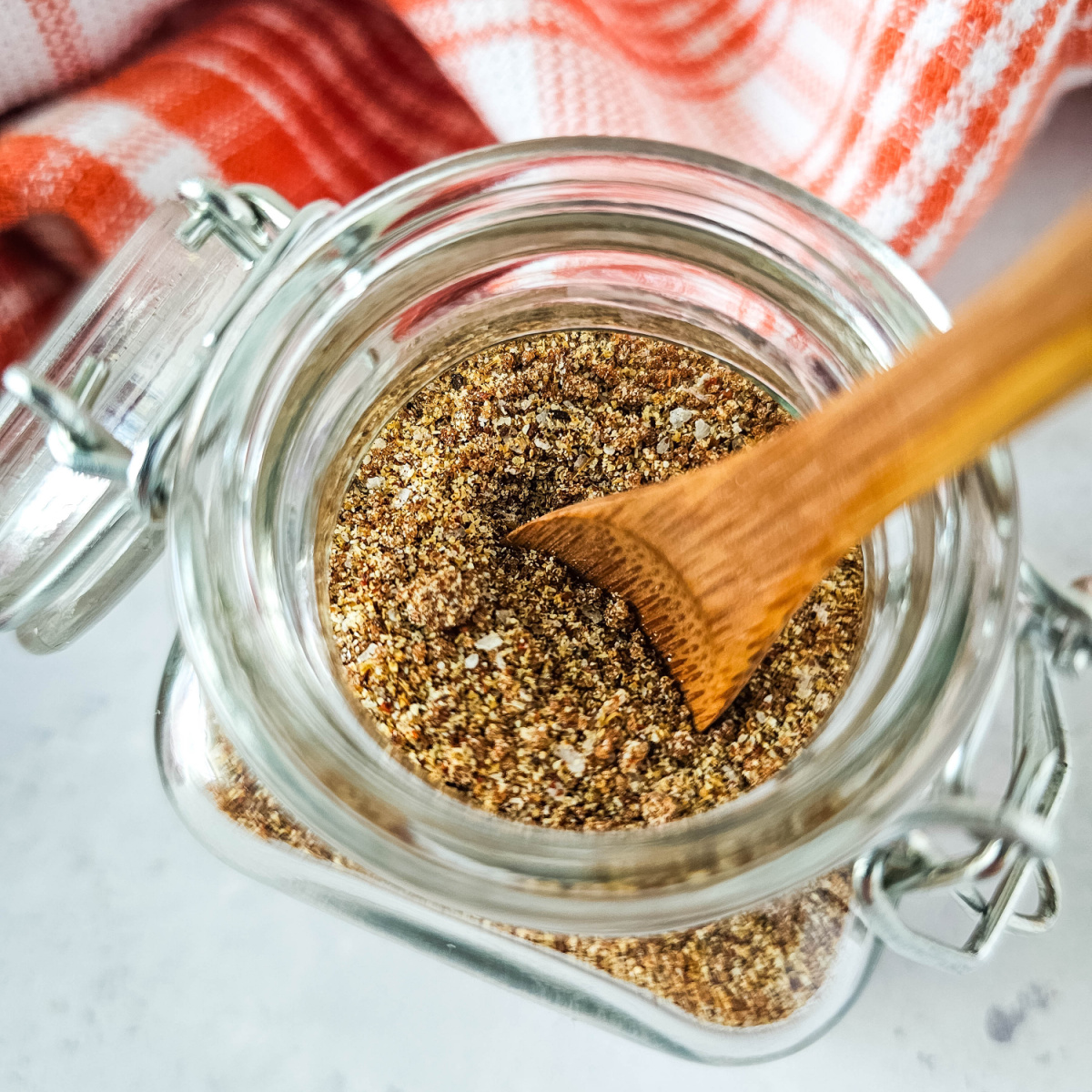
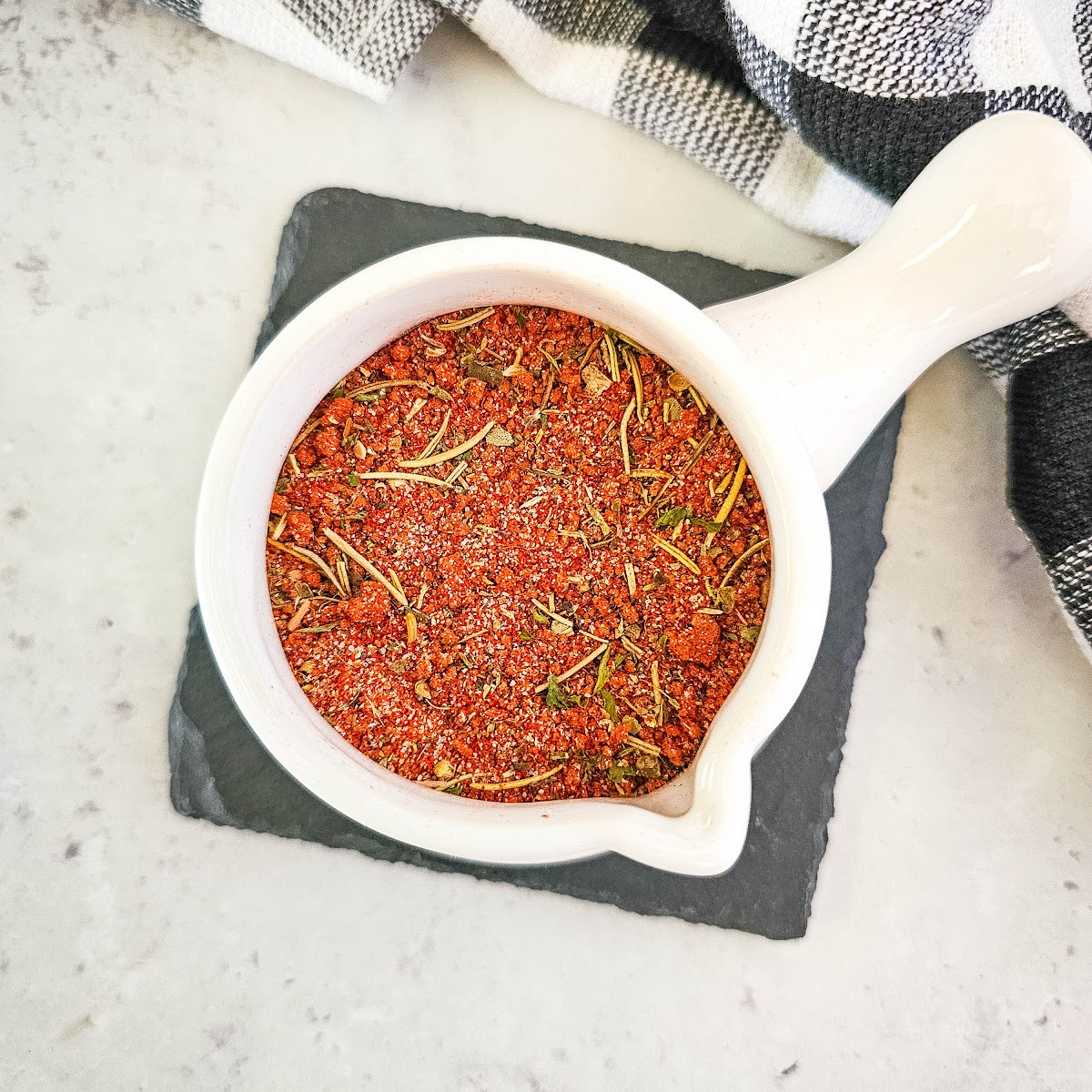
I know I’d use all of these! What a great way to control the sodium in seasonings!
Yes! and for my family, the “spice” level. I have one that loves the heat off the charts so I may a separate batch of a few of the mixes just for her.